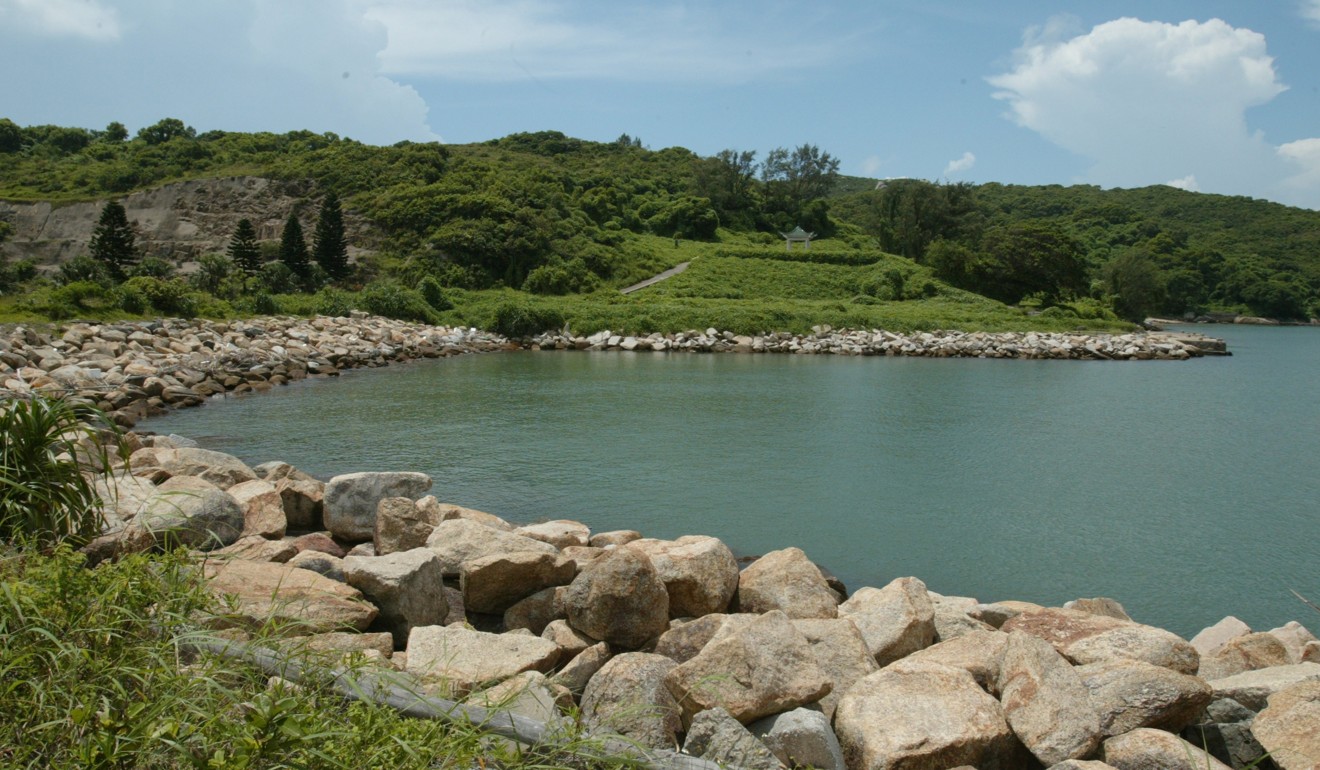
Study into building on Hong Kong country parks faces scrutiny
Green activist says group ‘very concerned’ that study, set to begin next year, will be biased in favour of development on protected land

The body running a controversial study into building on parts of Hong Kong’s country parks is set to face questions over who will conduct the investigation and how it will run, in a Friday meeting with an advisory board on the city’s protected land.
A green activist, who also sits on the board, said his group was “very concerned” that the eventual study would be biased in favour of building on the scenic land.
At the meeting, the government-appointed Country and Marine Parks Board, which advises the government on conservation issues involving the parks, will also hear a government plan to merge two proposed marine parks in south Lantau Island into a bigger one.
In May, the government tasked the Housing Society, a non-profit-making body which provides housing for low income and middle-class families, with overseeing the study on developing the fringes of country parks into public housing and homes for the elderly.
Two sites of 20 hectares each were proposed for the study, on the edges of Tai Lam and Ma On Shan country parks, both in the New Territories. The society shortlisted five consultancy firms to do the study.
A society spokeswoman said it would invite the five to submit proposals next week, detailing how they planned to do the study and how much they would charge. She said the society hoped to make the final appointment in January next year.
According to the spokeswoman, the appointed firm would be expected to spend one year to 14 months assessing the environmental, ecological and recreational value of the two proposed locations, and then another year on the development potential and environmental impact.
Board member Man Chi-sum, also chief executive of environmental group Green Power, said he would ask at the meeting what guiding principles and criteria the society would give the appointed firm, what factors would affect the conclusion and who would consider the conclusion.
“We are very concerned about the study,” Man said. “We hope it will not be conducted under a direction that favours development.”
Another item on the agenda is the government’s plan to create a 2,067-hectare marine park south of Lantau, by conjoining two proposed marine parks that have not yet materialised.
The park will include the 1,270-hectare Soko Islands Marine Park, proposed in 2000 to protect Chinese white dolphins and the nearby marine environment. It will also include an adjacent 797-hectare marine park, proposed in 2015 to compensate for a planned reclamation – on an important habitat for finless porpoises – for an incinerator on Shek Kwu Chau.

Samantha Lee Mei-wah, conservation manager for oceans at WWF-Hong Kong, welcomed the marine park plan, saying several scientific studies suggested designating a single, large marine park instead of two smaller ones would be more effective for protecting marine life.
But she warned that with a larger area, the government would have to allocate more resources to battling unlawful activities such as illegal fishing.
About 80 hectares of bays around the Soko Islands’ Tai A Chau and Siu A Chau will be excluded from the marine park, to placate long-standing opposition to the park’s boundaries.
“The South Lantau Rural Committee and villagers of Soko Islands objected to the proposed [marine park] and believed that village development would be restricted after [its] designation,” an Agriculture, Fisheries and Conservation Department paper read.
“Taking into account the stakeholders’ comments and without compromising the protection of important Chinese white dolphin and finless porpoise habitats, some of the inner bays of Tai A Chau and Siu A Chau are proposed to be excluded from the originally proposed boundary.”
Lee expressed worries that people fishing illegally in the parks could seek refuge in those excluded areas to avoid prosecution, compromising the park’s integrity.
Additional reporting by Ernest Kao